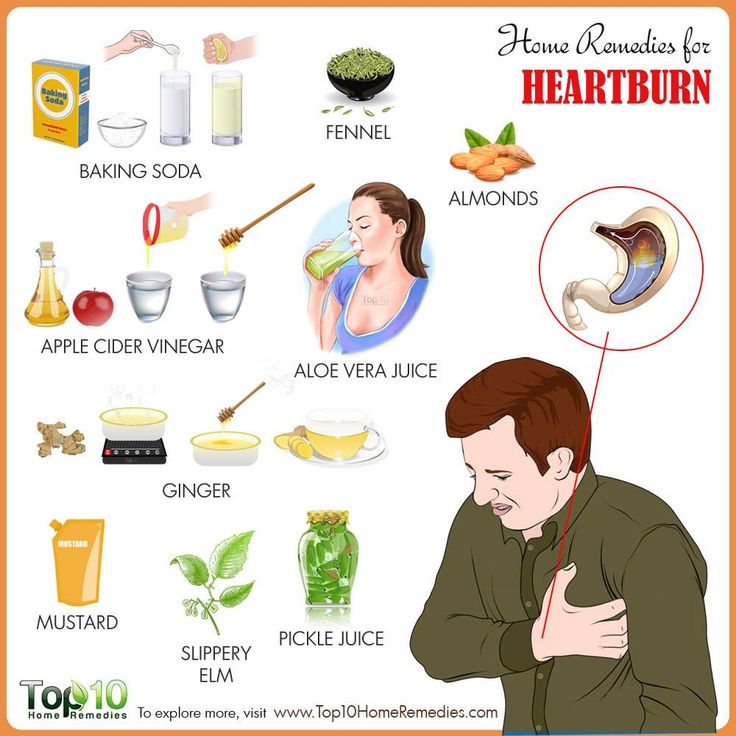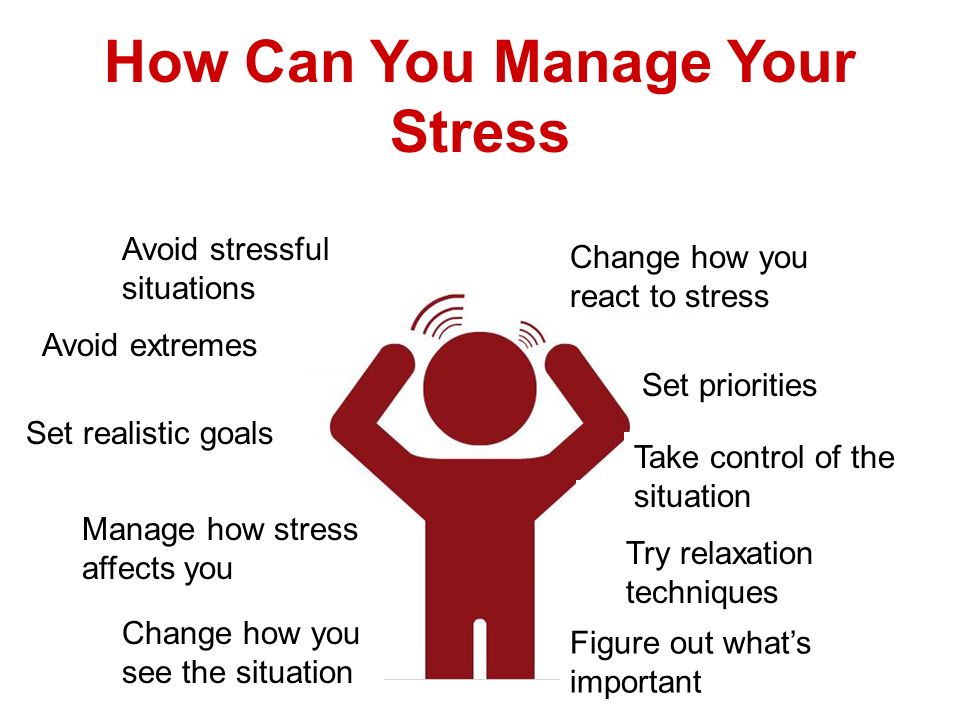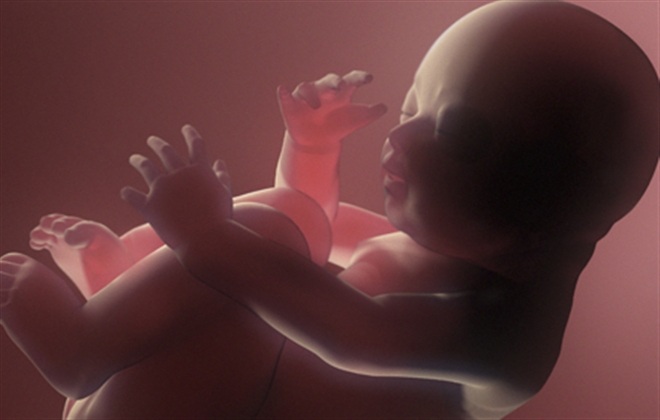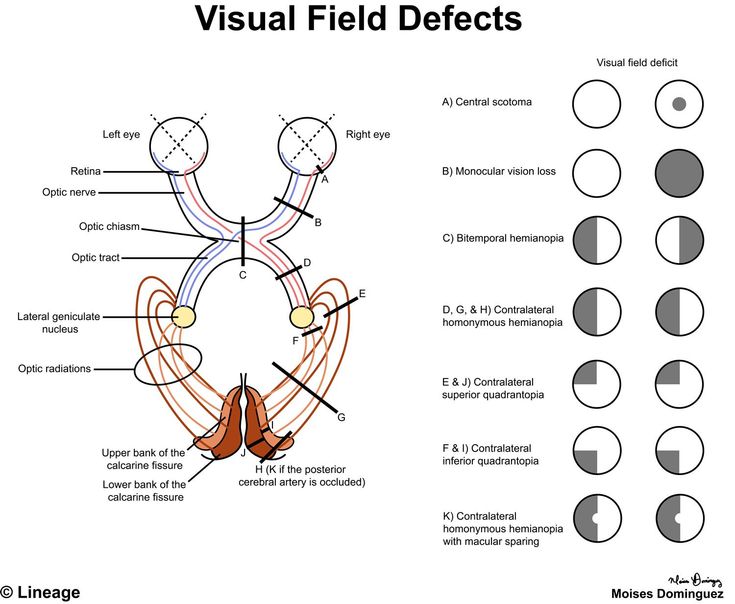How to lift a child
"Pick Me Up!" Safe Lifting Techniques for Your Kids (and Everything Else)
Photo by minamoto images / StocksyWhen it comes to the correct form for lifting heavy loads, consider following the lead of someone who often IS the load: your toddler. They may still be figuring out how their bodies move in space: for example, how to run or throw a ball, but toddlers have the proper lifting technique down pat. “Toddlers naturally lift properly by keeping their backs straight as they squat and then lifting straight up using their legs,” says KinderCare Education’s Workers' Compensation Director Stephanie Kuntz.
Everyone Belongs In Our Circle
At KinderCare, we’re committed to building warm, welcoming and supportive classrooms for children of all abilities, backgrounds and experiences.
Find a center near you
In fact, according to a recent article on National Public Radio, people in many other cultures around the world have never strayed from the proper form. However, many of us in the United States need to relearn the technique we knew when we were two.
Good form is essential for moms, dads, and anyone else who’s frequently lifting up a child—or boxes of diapers, bins of toys, overflowing grocery bags, piles of laundry, and oh-so-much more.
Before you lift, remember to always keep your back straight, avoid twisting, hold the load close to your body, and move smoothly.
1. Get a good foundation by placing your feet shoulder-width apart, with the load between your feet. (If your legs are closer together, you’ll lack stability and leverage, and will be more likely to round your back and tense your neck as you lift.)
2. Resist the temptation to bend at the waist to pick up your child (or a box of toys)! Instead, squat down with your chest forward and your buttocks sticking out. This is so important! (In fact, bending at the waist even to pick up lightweight objects or just to talk to a pint-size tot can put strain on your back; squat or kneel instead. )
)
3. Stay loose and neutral. Keep your spine straight and head/neck relaxed and in a neutral position. Your goal is to engage and lift with your thighs—not your back.
4. As you squat down (or stand up again), feel free to get extra support by using a hand or elbow on your thigh, wall, or piece of furniture if able, as it can take some of the compression and strain off of your lower back.
Photo by Maria Manco / Stocksy5. Even as you are lifting your child, keep them close to your body. Reaching out to lift them up will put a strain on your back.
6. Keeping your back straight and head facing forward, engage your legs and straighten to a standing position.
7. Remember to keep your body facing your child during the whole movement. Remember, do not twist your body at any point while lifting, as this can also strain your back.
A Lifetime Of Confidence Starts Here
Our teachers help every child build the confidence they need to try new things and explore the world around them.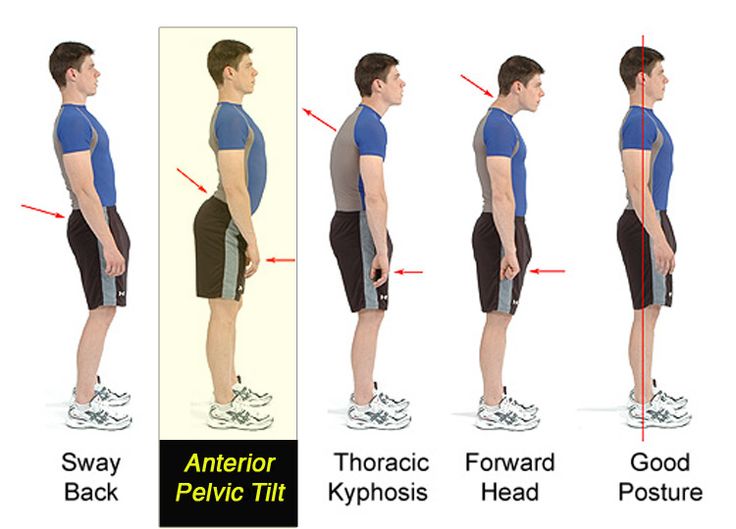
Search for a center near you
While a 7-step bending process seems tedious and unlikely to occur every 100th time a day you are lifting up your child, know that the more you do it, the more it becomes a habit. Why? Because it feels so much better on your back. And your back might just be the little nudge or reminder you need throughout the day.
Caring For Kids New Baby Safety Your Wellness Family Safety
How To Properly Pick Up Your Toddler, According To Experts
Life
FluxFactory/E+/Getty Images
by Katie McPherson
Anyone holding a newborn for the first time knows how carefully you should support their head and neck and cradle their little bodies. But as kids get older, parents and relatives may get too comfortable picking up the kiddos and don’t think about how to properly pick up a toddler. Unfortunately, lifting them incorrectly can cause painful injuries for them and for you.
Dr. Brian Smith, M.D., FAAP, chief of orthopedics at Texas Children’s Hospital, tells Romper in an interview that the safest way to pick up any child is by lifting with your hands under their armpits. “I think the safest way to pick up children is to grasp them under the arms so your thumbs are on their chest and lift them up that way. Once kids get head control around 3 to 4 months of age, then you can pick them up under the arms. If the child is getting heavier, you may want to do a scoop lift where you have one hand under their chest one hand under their thighs or buttocks,” he explains.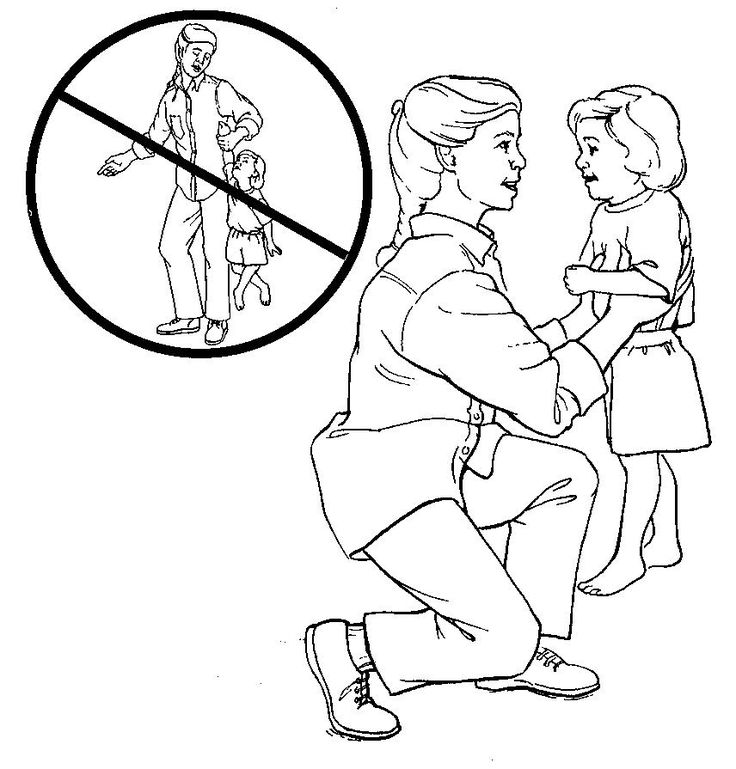
For little ones with different abilities or needs, talk to your pediatrician about the safest method of picking them up (for your body and theirs). “You may need to pick up children with disabilities, low muscle tone, or low head control in other ways. If they’re disabled, they may be in a wheelchair or in a bed, so again, you’re doing sort of a scoop lift with one arm under the shoulders and supporting the head,” says Smith. “I remind parents that as kids get older and heavier, if you have a fatigued mom and a 5- or 6-year-old, I don’t want parents to hurt their backs. Lift with your legs and not your lower back.”
d3sign/Moment/Getty ImagesWhen it comes to unsafe ways to pick up a child, there are plenty. Dr. Margaret Siobhan Murphy-Zane, M.D., pediatric orthopedist at Children’s Hospital Colorado, tells Romper in an interview that she has seen parents carry their kids by one leg and even by the head. But the most common unsafe way to pick up your child is lifting them by their arms or hands.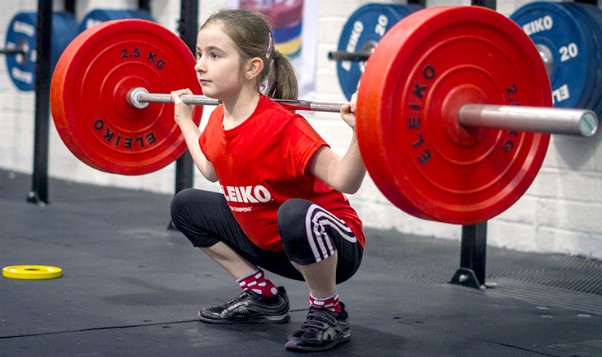 It can result in nursemaid’s elbow, where a tendon slips into the elbow joint while it’s hyperextended and gets stuck. It’s painful for the toddler, and parents usually notice it in their kiddo when they won’t use the injured arm.
It can result in nursemaid’s elbow, where a tendon slips into the elbow joint while it’s hyperextended and gets stuck. It’s painful for the toddler, and parents usually notice it in their kiddo when they won’t use the injured arm.
“Children should not be lifted up but pulling up on their hands with the elbow in an extended position. Injuries can occur at the shoulder, elbow, and wrist, including fractures. A common way this happens is where the parent is walking holding the kid’s hand, the kid drops to the ground. The parent’s reaction is to drag the child back up by the hand they are holding, though a better response would be to bend down with the child. Nursemaid’s elbows also occur with swinging the child around in a circle by their arms or by an arm and a leg.”
Smith adds that spinning, dangling, and flipping little ones around to get a giggle is common. While it usually doesn’t result in an accident, he has seen these shenanigans go wrong, and cautions parents to be careful.
“Sadly, I’ve seen some kids who were dropped from these positions and had spine injury. And many parents will swing their kids around by the hands and arms. I probably have done it with my own kids, and kids love to be twirled around, but you have to be really careful not to injure them or lose grip.”
Experts:
Dr. Brian Smith, M.D., FAAP, chief of orthopedics at Texas Children’s Hospital
Dr. Margaret Siobhan Murphy-Zane, M.D., pediatric orthopedist at Children’s Hospital Colorado
Learning how to properly raise and lower a child
Daily baby handling (handling)
- Helps the child better adapt to gravity
- Keeps baby safe
- Promotes motor development: training of balance, strength, endurance, coordination
- Enhances vital functions: respiration, intestinal motility, brain function through adequate stimuli
- Helps to gain bodily, emotional and cognitive experience
- Means touch and restraint, which promotes sensorimotor development
- Gives the joy of movement
- May relieve stomach pain, anxiety and stress
Learning how to raise and lower a child correctly
How to lift a child from a supine position
Lifting the child from the supine position should always be through the side and so slowly that the child can control the process of turning and lifting, thus you encourage him to move independently.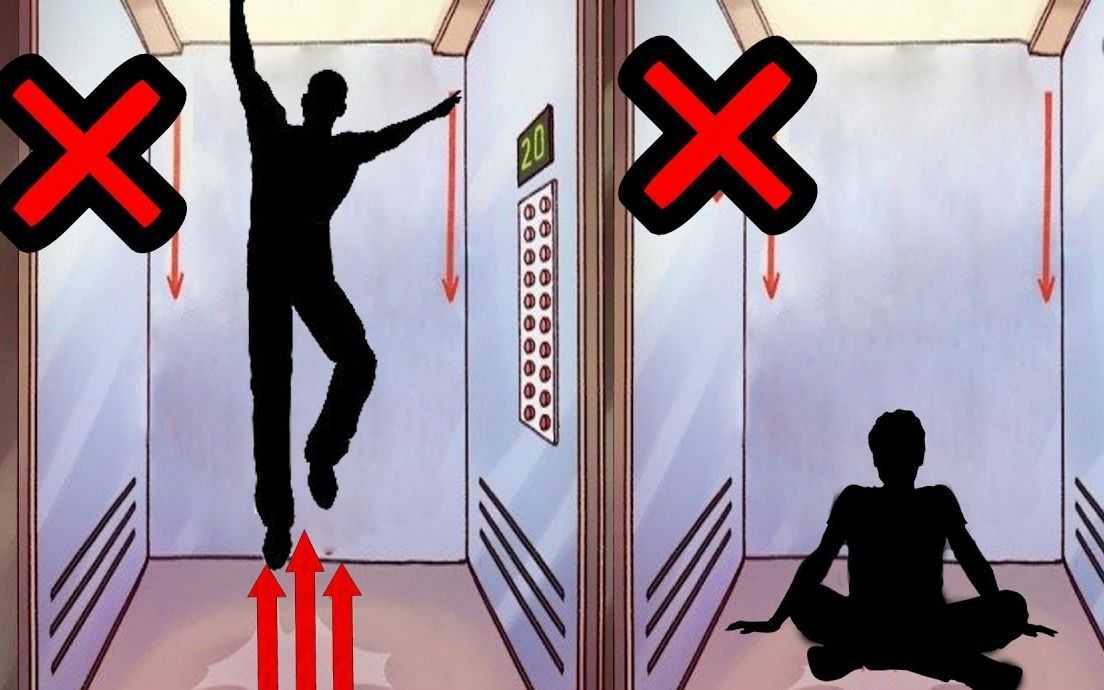 If you lift your child directly from the supine position without turning him to the side, he will not be able to hold his head. As a defense mechanism, he will reflexively stretch his shoulders up and forward, perhaps even spreading his arms. This rise is completely passive and does not contribute to the development of natural movements; on the contrary, it would rather hinder him.
If you lift your child directly from the supine position without turning him to the side, he will not be able to hold his head. As a defense mechanism, he will reflexively stretch his shoulders up and forward, perhaps even spreading his arms. This rise is completely passive and does not contribute to the development of natural movements; on the contrary, it would rather hinder him.
This is what it looks like in motion (below you will find a description of the process in the form of text with illustrations):
Lift through the left side:
And now through the right one and put it back on the back:
So that your child does not develop only one side of the body and therefore asymmetry, you should try to lift the child alternately through both sides. Put your hands under the shoulder blades of the child so that he lies as if in a bowl. If you want to lift the child on the left side, place the right forearm between the child's legs (Fig. 1).
Put your hands under the shoulder blades of the child so that he lies as if in a bowl. If you want to lift the child on the left side, place the right forearm between the child's legs (Fig. 1).
fig. 1
You can now slowly turn your child to the left. You will see that he wants to help you; he will tense his neck and abdominal muscles and, depending on his level of development, actively move forward in the direction of movement. In the lateral position, the lower side of the child's body is lengthened, while the upper side is shortened (Fig. 2). When he rolls over from his back to his stomach on his own, you will see the same reaction of his body.
fig. 2
Bend over to your child and gently lift him over the left side. When you straighten up, the child will seem to "sit" on your right arm (Fig. 3, 4).
fig. 3
fig. 4
If you want to change the support arm, reach your left hand under the child's left shoulder so that your arms are parallel to each other, then you can catch the child's right hip and release your left hand (fig.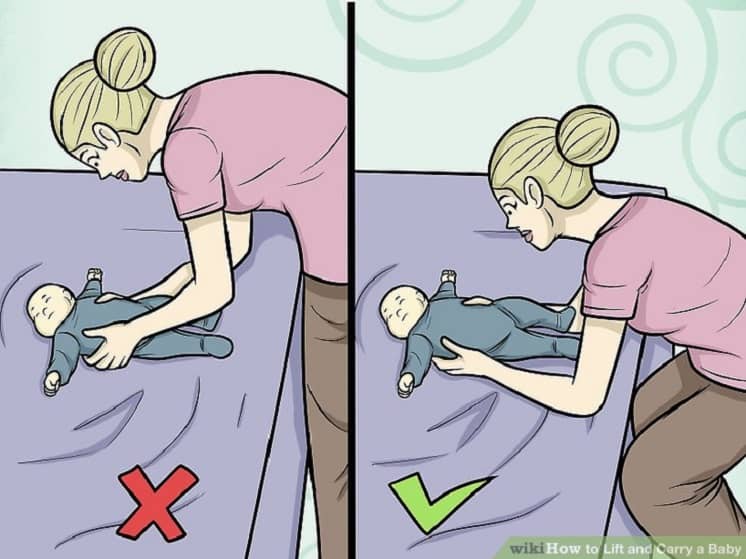 5, 6). This position of the child is suitable from birth, as it corresponds to the physiological model of the movement of the child. Even premature babies and newborns can be in this position, but if the child still does not know how to hold his head, then he should be turned further - to a lying position, supporting his head so that it does not tilt back. To put the baby down, do the same in reverse.
5, 6). This position of the child is suitable from birth, as it corresponds to the physiological model of the movement of the child. Even premature babies and newborns can be in this position, but if the child still does not know how to hold his head, then he should be turned further - to a lying position, supporting his head so that it does not tilt back. To put the baby down, do the same in reverse.
fig. 5
fig. 6
How to lift a baby from a prone position
This is what it looks like in motion (below you will find a description of the process in the form of text with illustrations):
You stretch your hand between your child's legs and place it under the stomach and chest. You can either place your other hand under the armpits so that your baby's chest rests comfortably on your forearm (fig.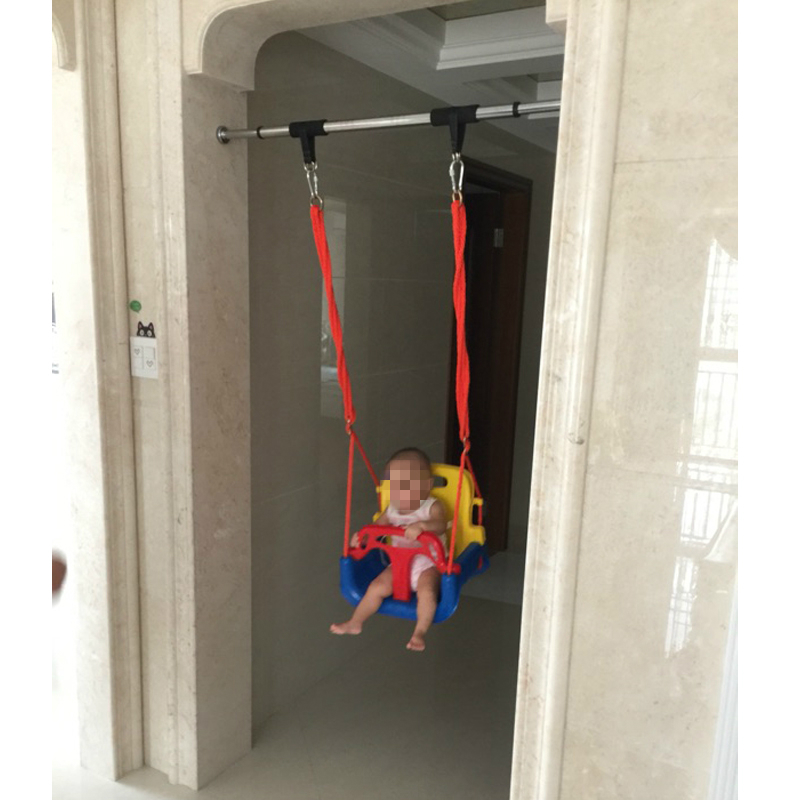 7), or you can reach out and place it under the baby's chest (fig. 8).
7), or you can reach out and place it under the baby's chest (fig. 8).
fig. 7
fig. 8
You can now easily lift the baby and place him on his side (fig. 10), or leave him lying on his stomach (fig. 9). To put the baby down, do the same in reverse.
fig. 9
fig. 10
All articles of the category "Daily care of a child"
0. Daily Baby Care (Introduction)
1. Daily handling of the baby (handling)
2. How to carry your baby
3. Play and feeding
4. Dressing, changing diapers and bathing
5. Back position
6. Side position
7. Prone position
How to hold your baby correctly
Bagdasaryan Kristina Genrihovna
Obstetrician-gynecologist, Ultrasound specialist
Clinic "Mother and Child" St. Petersburg
So, how to take the child from the supine position. Grasp his chest with both hands - thumbs in front, and the rest hold the back. If the baby is not yet able to hold his head, support it with your index fingers. Gently lift your baby up. Do not forget, your face turned to the child should always express the kindest feelings. Talk to the baby, tell him what you are doing, the voice should not be very loud, gentle.
Grasp his chest with both hands - thumbs in front, and the rest hold the back. If the baby is not yet able to hold his head, support it with your index fingers. Gently lift your baby up. Do not forget, your face turned to the child should always express the kindest feelings. Talk to the baby, tell him what you are doing, the voice should not be very loud, gentle.
Those who take a small child in their arms are divided into two categories: relatives who live with him under the same roof, and visitors. You should not allow a visitor to the child who has not taken off his outerwear, hat, street shoes, has not washed his hands with soap, has not freed his hands from rings, rings, watches, bracelets. The baby can be frightened by sharp extraneous odors, for example, the smell of tobacco, alcohol, perfume.
Sick people should not be allowed near the child - coughing, sneezing, as well as complaining of indigestion, suffering from skin diseases.
Even if loving relatives have come a long way on trains and planes to visit the baby, be persistent and keep the guests “in quarantine” for several days - will the infection picked up on the road show up? They may be offended, but the child will remain healthy! In order to more reliably protect the psyche and immune system of the child, it is useful in his first six months of life to limit the circle of people admitted to him. These are the rules, and no one - neither the formidable mother-in-law, nor the neighbor, nor the beloved boss - deserves an exception.
These are the rules, and no one - neither the formidable mother-in-law, nor the neighbor, nor the beloved boss - deserves an exception.
Some parents take the baby in their arms with unthinkable precautions, others, on the contrary, snatch it from the crib so famously. All these are extremes. So how should it be?
- do not make sudden movements when holding the baby
- never take it with one hand - only with both
- do not raise or lower the baby quickly, rapidly
- do not take it out of the crib by pulling on the handles
The position of the baby in the arms of the mother (or another adult), first of all, depends on his age, as well as on whether he will sleep or be awake. Up to 2-2.5 months (and sometimes longer), the baby’s head must be supported, so in a horizontal position (face up), arrange the baby on your arm so that the back of his head lies on your elbow, the back rests on your forearm, and your hands should support the buttocks and hips of the baby. You can put the baby on your forearm and stomach. In this case, the baby's head should be in the crook of the elbow, and your hands will close on the baby's stomach, and one hand will pass between the legs of the little one. If you want to hold the child in an upright position, for example, in order for him to burp excess air, then support his head and back: put one of your palms on the back of the baby’s head, with your forearm firmly press his body to you. With the other hand, fix the buttocks of the crumbs. In no case do not sit the child on your arm until he has confidently mastered the skill of sitting, which happens on average at the age of 6 months. From 2.5-3 months, you can already carry the baby, turning him away from you, holding him with one hand at chest level, with the other at hip level.
You can put the baby on your forearm and stomach. In this case, the baby's head should be in the crook of the elbow, and your hands will close on the baby's stomach, and one hand will pass between the legs of the little one. If you want to hold the child in an upright position, for example, in order for him to burp excess air, then support his head and back: put one of your palms on the back of the baby’s head, with your forearm firmly press his body to you. With the other hand, fix the buttocks of the crumbs. In no case do not sit the child on your arm until he has confidently mastered the skill of sitting, which happens on average at the age of 6 months. From 2.5-3 months, you can already carry the baby, turning him away from you, holding him with one hand at chest level, with the other at hip level.
Depending on the age of the child, there are 6 ways to hold him in your arms.
Hanging. This method is good for babies up to 3 months old, when they still have trouble holding their head.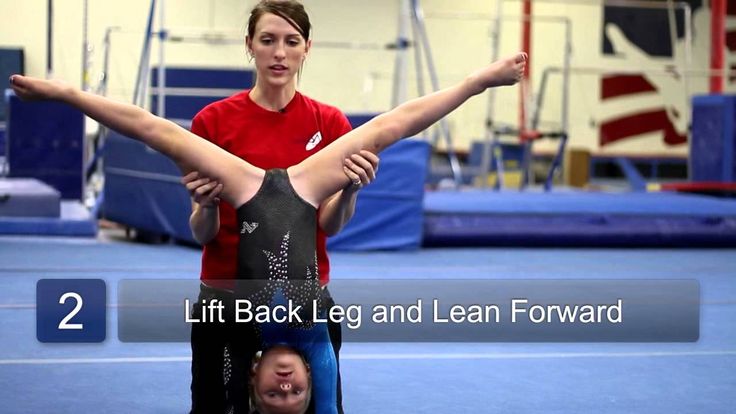 With one hand support the neck and back of the baby's head, with the other - the buttocks, while his torso may be slightly bent, and his face turned towards you. This situation opens up scope for the much-needed emotional contact with the mother and other loved ones for a small child. Do not forget that in order to avoid the development of one-sidedness, the baby's head must be supported either with the left or with the right hand - periodically changing them.
With one hand support the neck and back of the baby's head, with the other - the buttocks, while his torso may be slightly bent, and his face turned towards you. This situation opens up scope for the much-needed emotional contact with the mother and other loved ones for a small child. Do not forget that in order to avoid the development of one-sidedness, the baby's head must be supported either with the left or with the right hand - periodically changing them.
On the arm. Ideal for babies aged 3-6 months, although you can keep your baby this way almost from birth. He rests his head on your shoulder, you hold his feet with your hand, and your arms with your forearm. With your other hand, you support the baby under the buttocks. At the same time, the child's legs should be bent at the knee and hip joints and bred. Don't forget to alternate hands.
In front of bust . Starting from 6 months, this way of holding the baby provides him with the same position as in the position on the back.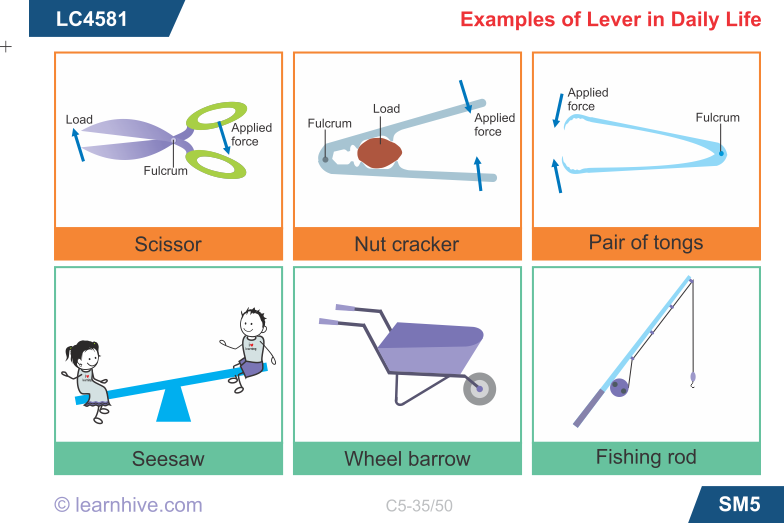 The baby leans back against your chest, his legs are bent and divorced, the soles are in contact. Hold the baby's shins with your thumbs, the feet with the index, middle and ring fingers, and the buttocks with the little fingers. This position is useful for the development of the child: as well as on the back, he can play with his legs, improving movements, mastering his body and gaining an idea of \u200b\u200bspace.
The baby leans back against your chest, his legs are bent and divorced, the soles are in contact. Hold the baby's shins with your thumbs, the feet with the index, middle and ring fingers, and the buttocks with the little fingers. This position is useful for the development of the child: as well as on the back, he can play with his legs, improving movements, mastering his body and gaining an idea of \u200b\u200bspace.
In front of the stomach . In children from 7 months old, this method allows you to reproduce crawling in a plastunsky way - a motor skill that they just need to master at this age. With one hand, take the child under the chest, and pass the other between the legs, supporting the stomach. Don't forget to switch hands.
On the side. Suitable for babies from 10 months, when they are already sitting confidently. Take the child so that he wraps his legs around your side, and rests his back on your forearm. You should support the baby's knee with your hand, giving it a slightly bent position.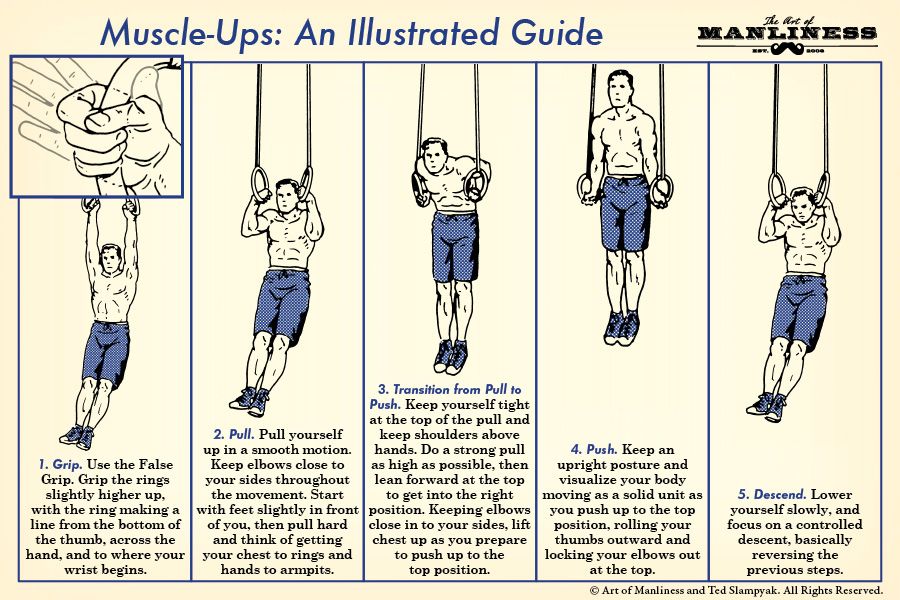 One arm of the child is on your chest, the other is free. Please note: you need to wear a child in this position alternately from one side to the other.
One arm of the child is on your chest, the other is free. Please note: you need to wear a child in this position alternately from one side to the other.
And, finally, a universal and completely international way to carry children of any age. Holding the palm of your right hand under the breast of the baby, firmly press his back to your chest. With your left hand, grasp the child's right thigh, bending his legs at the hip joints. Please note: the weight of a child under 6 months should not fall on your hand supporting the baby's pelvis - this is harmful to his spine and can ruin his posture in the future.
The baby grows, his body weight increases, and it becomes difficult to carry the baby in his arms for a long time (especially after 3 months of age, when the weight of the child reaches an average of 7 kg). Here, assistive devices for carrying children, such as a baby sling and a kangaroo backpack, can help out for a while. A baby sling is a modern modification of a piece of fabric that provides close physical contact between mother and child.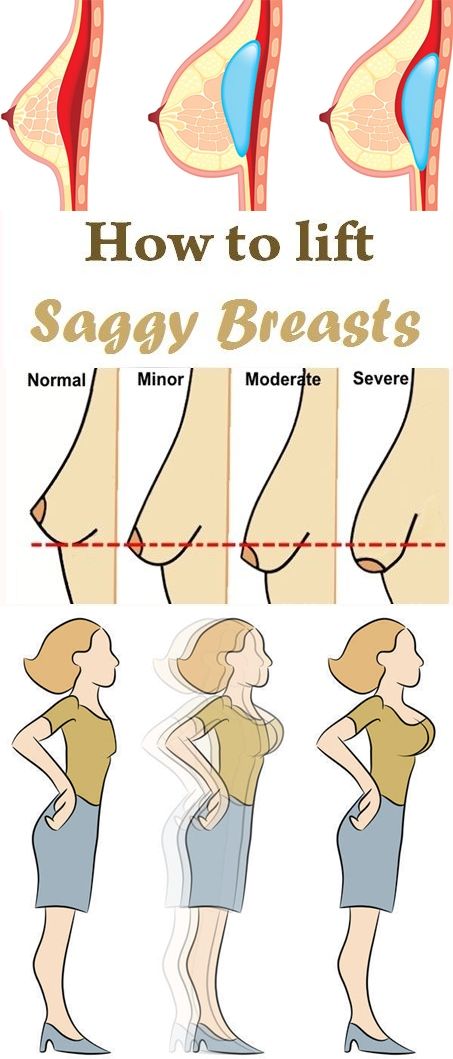 In addition, with it, if necessary, it is easier to breastfeed a child while on the street or in another public place. You can use a baby sling from birth to a year and a half. It all depends on the weight of the baby and your physical capabilities. It is also very important to find the optimal position for the child and for the mother, which would provide both with maximum comfort. The basic positions of the baby in a baby sling are horizontal, with support for the spine, and (for older children) raised vertical or sitting, when the baby is tightly pulled by the fabric. A kangaroo backpack can be used only after the baby learns to hold his head confidently and his back muscles get stronger. Preference should be given to backpacks with a rigid back. But, nevertheless, you should not get too carried away with a baby sling and a kangaroo backpack. Firstly, it is still more useful for the baby to lie on the hard mattress of the crib or stroller. Secondly, it is unlikely that the child will like to sleep while sitting in a backpack.
In addition, with it, if necessary, it is easier to breastfeed a child while on the street or in another public place. You can use a baby sling from birth to a year and a half. It all depends on the weight of the baby and your physical capabilities. It is also very important to find the optimal position for the child and for the mother, which would provide both with maximum comfort. The basic positions of the baby in a baby sling are horizontal, with support for the spine, and (for older children) raised vertical or sitting, when the baby is tightly pulled by the fabric. A kangaroo backpack can be used only after the baby learns to hold his head confidently and his back muscles get stronger. Preference should be given to backpacks with a rigid back. But, nevertheless, you should not get too carried away with a baby sling and a kangaroo backpack. Firstly, it is still more useful for the baby to lie on the hard mattress of the crib or stroller. Secondly, it is unlikely that the child will like to sleep while sitting in a backpack.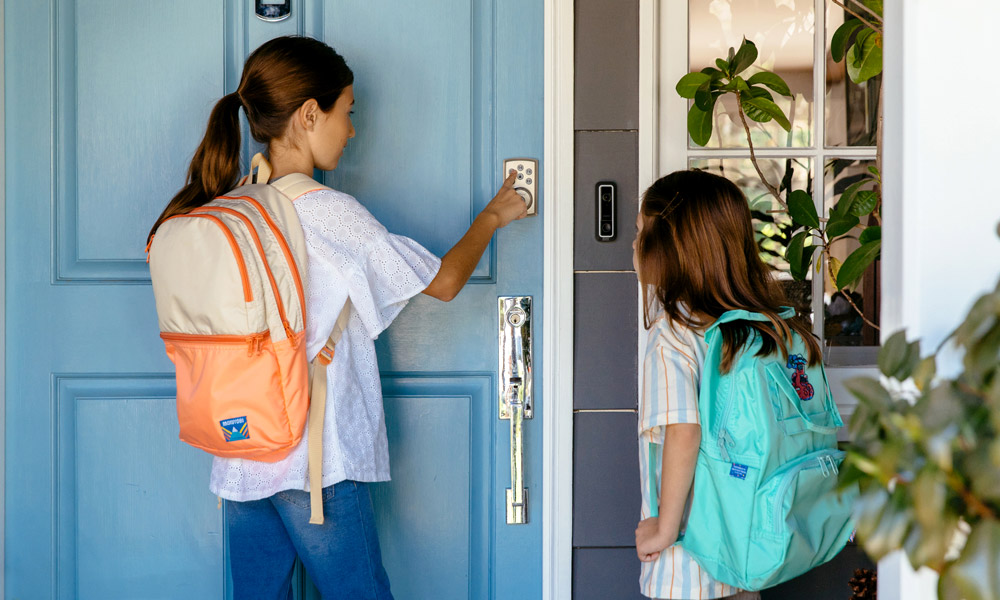 And, thirdly, a long stay of a child in the same position, which causes an uneven load on different parts of the spine, can provoke a pathology of the musculoskeletal system. Therefore, it is not recommended to keep the baby in a baby sling and "kangaroo" for more than 40 minutes a day. When the child grows up a little, you can practice the pose when the baby sits on his mother's side, facing her. The advantages of this position: the mother has one hand free, and the child has an excellent view. If the mother, for health reasons, is not recommended to take the baby in her arms, then you can often put him on her stomach, put him on her knees.
And, thirdly, a long stay of a child in the same position, which causes an uneven load on different parts of the spine, can provoke a pathology of the musculoskeletal system. Therefore, it is not recommended to keep the baby in a baby sling and "kangaroo" for more than 40 minutes a day. When the child grows up a little, you can practice the pose when the baby sits on his mother's side, facing her. The advantages of this position: the mother has one hand free, and the child has an excellent view. If the mother, for health reasons, is not recommended to take the baby in her arms, then you can often put him on her stomach, put him on her knees.
And, finally, many parents are concerned about the question, is it possible to spoil him by often taking the baby in his arms? If the needs of the child are not ignored, they are not denied affection and tactile contact, then this does not mean at all that he is spoiled and poorly educated. Love is not a synonym for bad parenting, especially if we are talking about a baby who is only a few weeks or months old.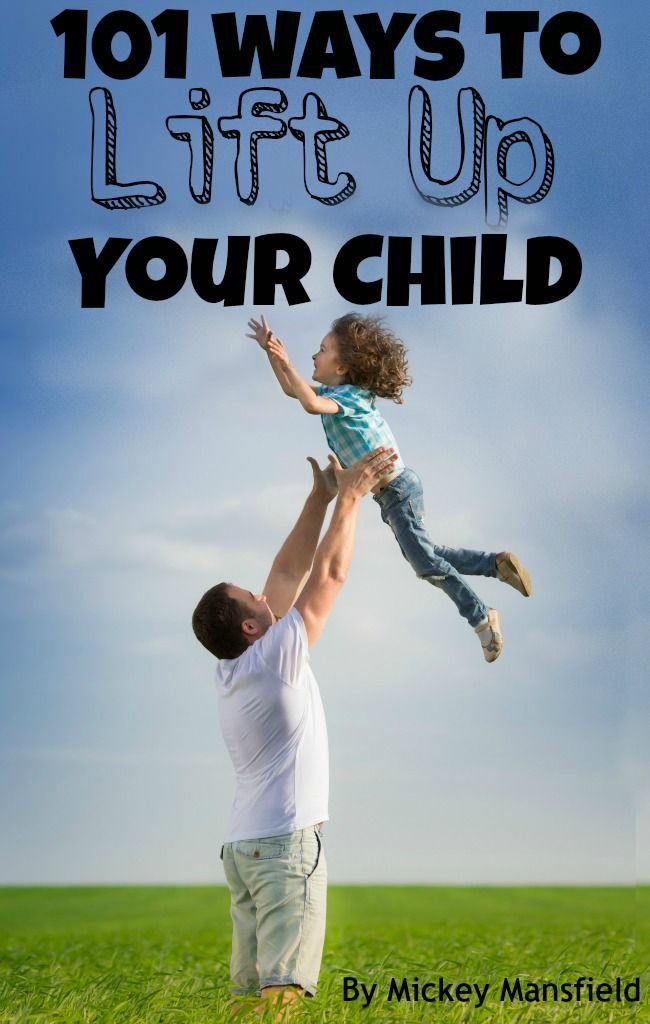 There is an opinion that it is impossible to spoil a child up to 12 months - until this age, all his "whims" are justified by needs, so an adult should indulge the baby in everything. And only when the baby reaches the year, parents should selectively treat his requests - based on what they are caused by. From this age, it is already possible to instill in the baby the concept that not only he, but also the people around him have needs.
There is an opinion that it is impossible to spoil a child up to 12 months - until this age, all his "whims" are justified by needs, so an adult should indulge the baby in everything. And only when the baby reaches the year, parents should selectively treat his requests - based on what they are caused by. From this age, it is already possible to instill in the baby the concept that not only he, but also the people around him have needs.
Harsh parenting methods, according to which taking a child in your arms means pampering him, ignore the natural need of the baby for the constant presence of the mother (or the one who cares for him). While promoting the principle of early formation of "independence", they have significant negative features. Firstly, a child who is deliberately separated from his mother does not develop a trusting, kind attitude towards the world, and this will certainly have a negative impact in his adult life. Secondly, the restriction of bodily contact between mother and baby does not contribute to the emergence of mutual feelings between them. It is not surprising that the child in such cases is perceived as a hindrance to the usual way of life and ordinary affairs. And the baby constantly needs communication and his crying is a call to everyone, and first of all to his mother. Indeed, even in those cases when, it would seem, there are no reasons for tears, the baby may burst into offended or angry crying - because he is not yet ready for loneliness, his biological connection with his mother is still too strong. Thirdly, it should be borne in mind that a strict attitude towards a child, when adults try not to show their feelings and emotions in relation to a child, is not a guarantee of a good upbringing of a child and his further success. Most often, a young mother has a lot of chores around the house. Therefore, if she often takes the baby in her arms, she will have to sacrifice some things. In addition, carrying a child in her arms is also physically not very easy. In general, if desired, there are many reasons for minimizing physical contact with a child.
It is not surprising that the child in such cases is perceived as a hindrance to the usual way of life and ordinary affairs. And the baby constantly needs communication and his crying is a call to everyone, and first of all to his mother. Indeed, even in those cases when, it would seem, there are no reasons for tears, the baby may burst into offended or angry crying - because he is not yet ready for loneliness, his biological connection with his mother is still too strong. Thirdly, it should be borne in mind that a strict attitude towards a child, when adults try not to show their feelings and emotions in relation to a child, is not a guarantee of a good upbringing of a child and his further success. Most often, a young mother has a lot of chores around the house. Therefore, if she often takes the baby in her arms, she will have to sacrifice some things. In addition, carrying a child in her arms is also physically not very easy. In general, if desired, there are many reasons for minimizing physical contact with a child. Here you need to prioritize and decide what is more important for you - the daily routine or the development of the child. If you want to properly take care of the child and at the same time not start life, look for helpers-allies with whom you can do everything.
Here you need to prioritize and decide what is more important for you - the daily routine or the development of the child. If you want to properly take care of the child and at the same time not start life, look for helpers-allies with whom you can do everything.
Make an appointment
to the doctor - Bagdasaryan Kristina Genrihovna
Clinic "Mother and Child" St. Petersburg
PregnancyManagement of pregnancyManagement of pregnancy after IVFManagement of pregnancy in Rh-conflictGynecologyPregnancy diaryImmunological causes of miscarriageConservative gynecologyConservative treatment of cervical pathologyContracts for the management of pregnancyTreatment of miscarriagePlanning pregnancyHLA compatibility
By clicking on the send button, I consent to the processing of personal data
Attention! Prices for services in different clinics may vary. To clarify the current cost, select a clinic
All directionsSpecialist consultations (children)Therapeutic research
01.

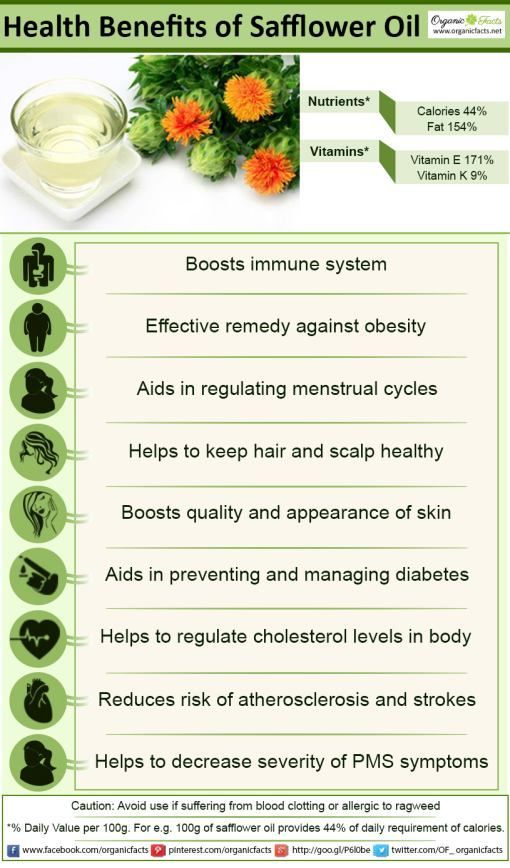
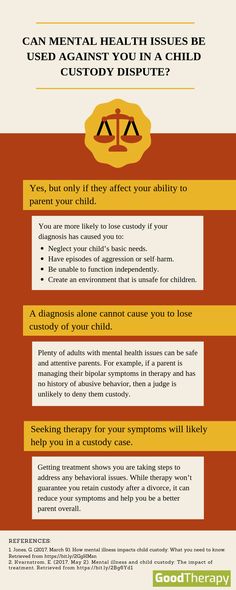
:strip_icc():format(jpeg)/kly-media-production/medias/44327/original/penyakit-plasenta-130708-b.jpg)

